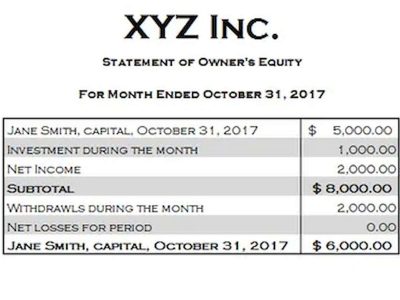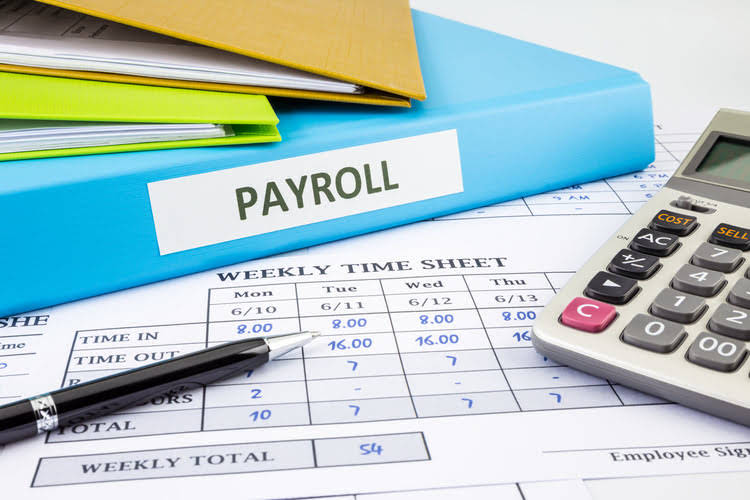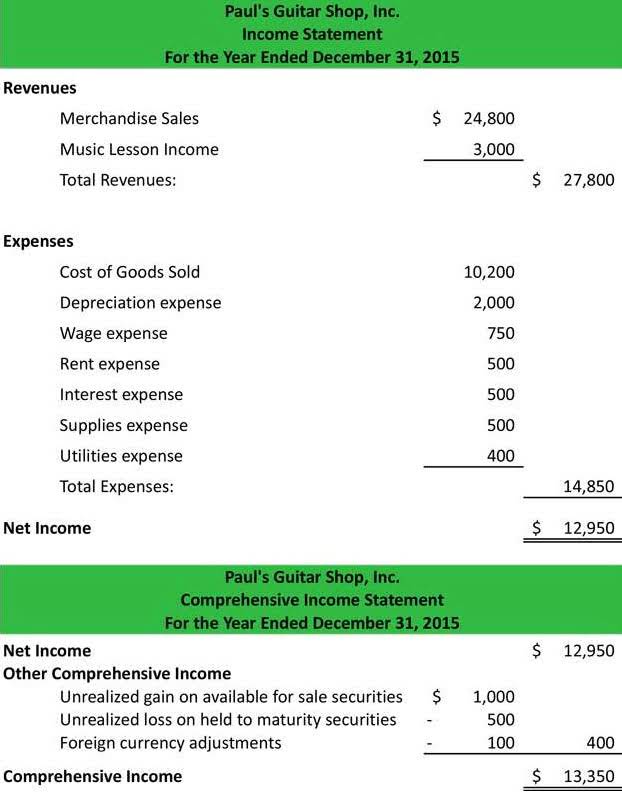
A solid understanding of payroll outsourcing’s pros and cons, along with accurate information on existing payroll management costs, can offer helpful guidance. Finding a trustworthy third-party provider goes a long way, but a company can’t just pass off any payroll mistakes that arise as the fault of its provider and move on. The client company also remains liable for tax remittance whether or not it has outsourced this particular payroll function, meaning it’s on the hook for any errors even if it’s not immediately responsible.
Many companies can build an attractive website, but their product quality doesn’t always match. Take one or two bad reviews of the same software with a grain of salt, but if you find several with similar complaints, take caution. It’s impossible to know which payroll processing software is right for your company without doing solid research beforehand.

Payroll software is more of a DIY tool rather than an outsourcing service, but many offer full-service solutions with customer support. Payroll software can be a great solution for business owners who are open to keeping part of the payroll process in-house and can often be one of the cheapest options. Some businesses assign the payroll processing (hiring, onboarding, training, policy management, etc.) to an existing employee with HR responsibilities.
Staying One Step Ahead: Regulations and Compliance for Payroll in 2024
A professional employer organization (PEO) is a co-employer, meaning you and the PEO split employment duties. You’ll manage your company’s day-to-day business while the PEO handles HR, payroll, and benefits processing. Rather than tracking and calculating employee payroll by hand or using spreadsheets, you can hire a bookkeeper, use an accountant, or work with a professional employer organization (PEO).

Paychex provides solutions for self-employed business owners to pay themselves a salary while also saving for retirement. Because we’ve been processing payroll for 75 years, we know how complex it can be and are ready to help you navigate the process regardless of the size of your business. But TriNet’s bread and butter is the HR services, specifically finding, vetting and onboarding talent for their clients. And in a business ecosystem that’s as temperamental as it is now, having a trusted team to handle the hassle of bringing in new talent is an advantage indeed. With HR outsourcing and PEO services, compliance support, and even AI-powered capabilities, ADP is a leading brand, and one to be reckoned with.
The PEO model also means that Justworks handles all of your HR and payroll duties, so you don’t have to hire or manage HR in-house. Its monthly per-employee fee looks high at first glance, but it could be well below the cost of an HR hire and goes lower the more employees you have. ADP RUN is a fit for businesses that need https://www.online-accounting.net/ a customizable platform for payroll and benefits. It’s designed for companies with fewer than 50 employees, but is a good fit if you expect to grow beyond that because you could upgrade to ADP Workforce now or ADP’s enterprise platform. OnPay is a straightforward, all-in-one payroll and HR solution for small businesses.
The payroll service will likely need access to that information to calculate and deliver payments via payroll checks or direct deposit. Many providers do the toughest parts of payroll, while leaving basic admin to you. For example, you might record time and attendance, and https://www.kelleysbookkeeping.com/ keep employee records. And they’ll set you up with software that makes your tasks straightforward. They can be accountants or bookkeepers, or specialist payroll companies. Some providers may be better at dealing with small payrolls, while others target big businesses.
Wave Payroll
She is responsible for ensuring that all the other characters get their paychecks on time, that commission bonuses are tracked, and that they are done correctly every pay period. In-house payroll is the traditional view of how payroll should be managed. To further evaluate your payroll needs, answer these ten questions about your business and its payroll system. When you hire a new worker, you can invite them to self-onboard through the employee portal, so you’ll easily gather their W-4 or W-9 form and contact information, and they can sign up for relevant benefits. Here are some of the categories we used to rank the providers that made the top of the list.
- Each employee beyond your first 50 will cost only $49 per month instead of $59.
- Whether you’re in real estate, retail, engineering, healthcare, law, accounting, manufacturing, information technology (IT), wholesale or any other industry, a PEO is worth considering.
- It takes care of payroll tax payment and filing in 14 states (and growing), and offers a self-service employee portal for easy access to tax documents and banking and contact updates.
A professional employer organization (PEO) provides outsourcing services for employee-related tasks, such as payroll and benefits administration, to small and midsize businesses (SMBs). PEOs essentially act as an HR department for their clients, relieving them of the https://www.quick-bookkeeping.net/ burden of these time-consuming administrative tasks. This allows business owners to focus on growing their businesses, rather than getting bogged down in HR minutiae. A PEO offers a range of HR and employment support to businesses, including payroll processing.
Frequently asked questions about payroll outsourcing
Sometimes, the consequences of a payroll error are more severe than having an employee complain about a portion of money missing from their paycheck. Inaccurately filed federal payroll taxes may result in penalties and legal issues with local government agencies. Plus there are a lot of legal requirements, which means there are serious risks to getting things wrong. For these reasons, many business owners prefer to leave it to the experts.
Choose to partner with ADP as a professional employer organization (PEO) for full outsourcing. Gain dedicated experts and powerful technology for HR and Payroll plus Fortune 500®-caliber benefits, workplace safety, and workers’ compensation claims assistance. Outsource some or all HR tasks and opt for a partner that is an extension of your current HR staff. We can handle hiring, engagement, employee issues, payroll, benefits, compensation, talent, compliance and more. Finally, depending on the existing talent of your employees, in-house payroll can be a more efficient solution to your payroll needs. If you already have a team that is great at payroll and tax calculations and are not feeling overworked or burnt out, keeping your payroll in-house helps you get the most out of the resources you already have.
It boasts many of the same offerings as the previous list entries (self-service software, outsourced HR solutions, etc.). And the brand brings significant value to the table in the form of risk mitigation and contractor management. Outsourcing payroll means giving up direct supervision of at least some of its many processes. A New York- or San Francisco-based company that keeps payroll in-house, for example, must pay “big city salaries” to attract the right employees for managing payroll, just like the rest of its internal workforce. If many hours of work can instead be assumed by third-party employees somewhere with a lower cost of living, the outsourced functions tend to become cheaper to perform. For more information on each provider and other high-ranking payroll software options, check out our guide to the best payroll software for small businesses.
Handing some or all of your payroll functions over to a third party can help streamline payroll processes, reduce the risk of non-compliance, and ensure correct tax payments and pay stubs. Business owners who place a high value on their time and peace of mind often end up outsourcing payroll. By partnering with a full-service provider, most of their payroll responsibilities – wage calculations, tax withholdings and deposits, reporting, etc. – are taken care of for them. As another major player in the HR and payroll space, ADP’s offerings are narrower in focus than Rippling’s, but they gain in depth what they lose in breadth. Once information has been exchanged and procedures established, the payroll outsourcing provider begins its actual duties. This almost always involves distributing pay on a clearly defined schedule (every two weeks is popular).
When should you consider outsourcing payroll?
With the level of proposed outsourcing determined according to your business needs, you can then assess different providers and find one that is a good fit for your requirements. Providers vary according to how many different territories and currencies they can cover, the technology and security they have in place, their pricing strategy, and much more. Once you’ve found the right provider with the right payroll software for you, terms of engagement and contracts can be agreed upon, stating what will be outsourced, how it will work, and how much it will cost. Payroll outsourcing also enables globally dispersed organizations to save money if they use one global payroll provider. Hiring and paying employees in multiple countries requires more payroll administrators and legal advisors. Keeping up with compliance laws in one region requires a lot of time and expertise.
The PEO’s offerings include online and mobile payroll, a dedicated HR professional, regulatory compliance, an HR technology platform and HR services. Paychex PEO also administers benefits, such as retirement plans and health insurance. In the private sector, Paychex boasts that it pays one in 12 United States private sector employees. The case for exploring outsourced payroll services is much more compelling than you might have thought, even if your in-house processes and team are already well-established. This is especially so at a time of great change in the world of work, with employee expectations rising and payroll driving competitive advantage in some organizations. Therefore, taking a new approach with the help of third-party expertise and technology could be a real game-changer for your enterprise.
It comes with just one competitive price—$40 plus $6 per employee per month—that includes all services. Online human resources (HR) and payroll solutions take a lot of the work off your plate so you can focus on the work you go into business to do. Forbes Advisor researched the best payroll for small business to help you select the platform that’s right for your needs and budget. A PEO can provide a variety of services, including payroll, employee benefits, compliance assistance and employee training. We considered the number of reviews left for each provider, looking for a threshold of at least 300 as well as how many reviews they had on Capterra and G2 that were 3.5 or higher out of 5.















